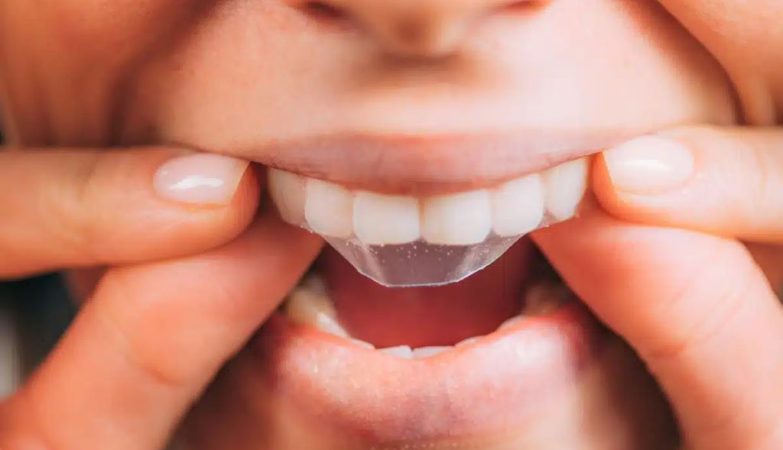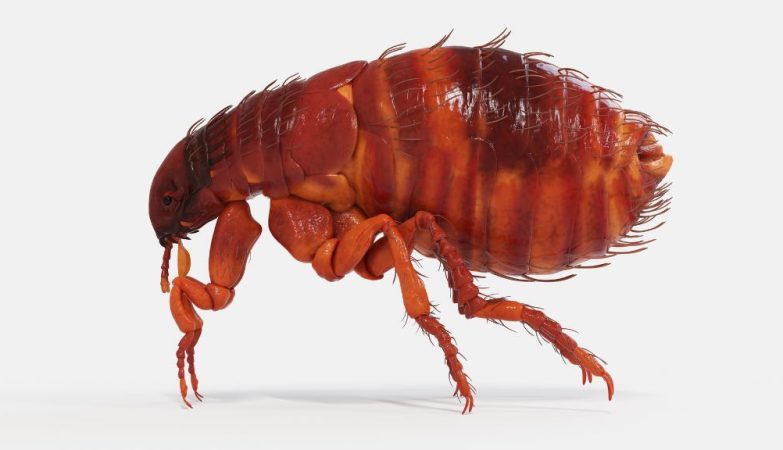There are a few reasons as to why the surface of metal parts may need finishing with extra surface treatments post-production. These include minimising corrosion and rust on surfaces exposed to the elements or adding more decorative finish in parts that are seen in the home. Whatever the reason, there are a number of ways of achieving this. We take a brief look at the top six.
1. Electroplating.
Electroplating adds a thin layer to the surface of the metal by sending a positive charge through the coating material and a negative one through the base metal. In this way, very fine finishes can be added, not only for improved visual appeal but added electrical conductivity, should that be required.
2. Chemical treatment.
Using a mix of chemicals that react with each other, usually sulphide and oxide, the surface of the metal can be treated, preventing corrosion. After chemical treatment, a surface can be considered primed and will be ready for a paint finish.
3. Hot Dipping.
Here the substrate is dipped in another molten metal, such as zinc or tin, to form a protective coating. It depends on the final intended use of the metal as to which surface is applied. Zinc gives higher protection than tin, but it cannot be used in any areas of contact with food as the acids present in many foods can break down the zinc, so tin is preferred in these applications.
.
4. Painting.
Here, there are various methods to achieve a paint finish, anything from the complex automated paint spraying in the automotive industry to simple hand brushing of proprietary brands brought in DIY stores.
5. Vacuum Plating
.
Vacuum coating, sometimes known as the thin-film deposition method, adds a thin layer, anything from 0.25 Microns, to the substrate in a vacuum chamber. The resulting product has a highly scratch-resistant surface and the thin, precise finish means that fine tolerance tools such as those used in medicine or aerospace are not compromised by the coating.
6. Thermal spraying.
With thermal spraying, the surface of the metal is coated with a metallic coating of molten particles. Upon contact with the surface, the particles flatten, cool, and adhere, creating a tough and waterproof layer. The options and various coatings can be seen here www.poeton.co.uk/standard-treatments.
So these are our top six metal surface treatments to give base metal extra protection.








